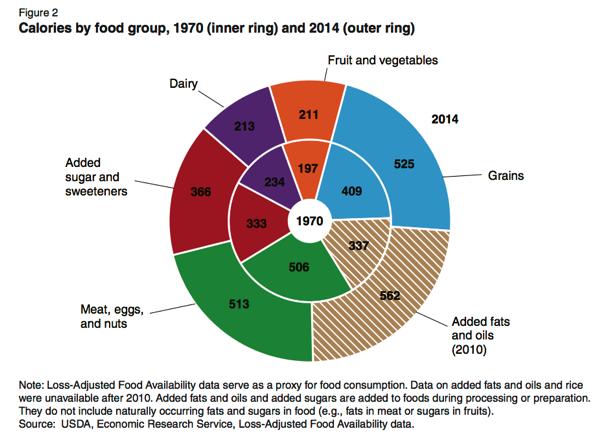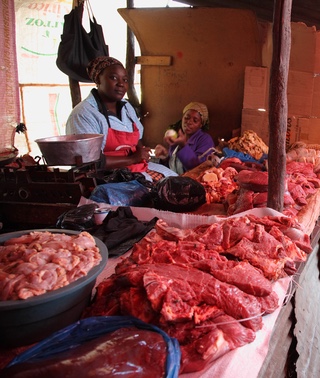The UK’s shortage of vegetables ((Which Modern Farmer helpfully extends to “vegetable-like fruits,” bless its cotton socks.)) remains in the news.
Meanwhile, people who don’t rely on supermarkets for their fresh produce seem to be doing fine, like my friend Dan, who sent this note.
Haven’t really even noticed the lettuce shortage. We eat Spanish broccoli, but mostly eat local, seasonal greens. Loads of kale, cavolo nero etc around here now, and cauliflower.
He also mentioned Claytonia perfoliata, aka miner’s lettuce and winter purslane. I’d forgotten about that, to be honest, though I used to grow it in the UK. Very good it is too.
There are, in fact, many more salad leaves than were pictured in the article in Eat This Newsletter and the current shortage ought to be a great incentive to try some of them. Instead, it seems to be bringing out the worst in at least one newspaper columnist.


 Excluding animal products from your diet as a vegetarian or vegan is a choice some people have the luxury to make, and if they know what they’re doing, and take care, they can be perfectly healthy. But there are probably far more people who have no choice in the matter. They would eat meat if they could, but they simply can’t afford it. For those people, a little bit of animal source food – milk, meat, eggs – can make a great difference to their health and wellbeing. It can be easy to forget that, in the clamour for meatless Mondays and other efforts to respond to climate change. There’s also the fact that in many parts of the world, animals play a very useful role in transforming things people can’t or won’t eat, like grass, into good food.
Excluding animal products from your diet as a vegetarian or vegan is a choice some people have the luxury to make, and if they know what they’re doing, and take care, they can be perfectly healthy. But there are probably far more people who have no choice in the matter. They would eat meat if they could, but they simply can’t afford it. For those people, a little bit of animal source food – milk, meat, eggs – can make a great difference to their health and wellbeing. It can be easy to forget that, in the clamour for meatless Mondays and other efforts to respond to climate change. There’s also the fact that in many parts of the world, animals play a very useful role in transforming things people can’t or won’t eat, like grass, into good food.